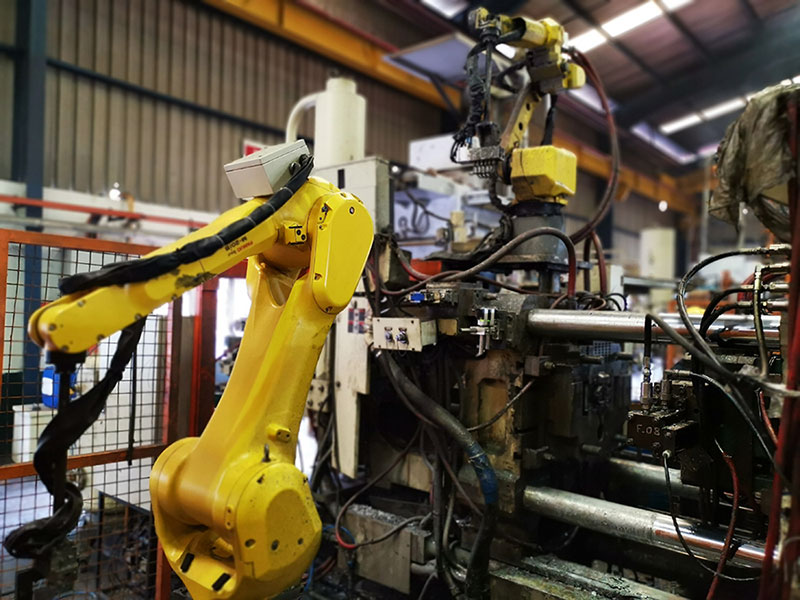
The most significant benefit of die casting is its ability to produce complex shapes with tight tolerances. Utilizing reusable molds companies can reproduce intricate geometries with minimal variation and ensure uniformity throughout the production run. This kind of precision is especially important in fields where reliability and component performance are essential, for instance medical devices and aerospace. Die casting permits the development of intricate designs as well as thin walls that are unattainable through other manufacturing methods, offering engineers unprecedented freedom when it comes to product design.
One of the primary advantages of die casting is the ability of die casting to create parts that have exceptional precision in dimensional and surface finish. The intense pressure created during the process reduces porosity, and assures uniformity. This results in components that need minimal post-processing. It not only speeds up the production process but also improves the overall quality of components. In addition, die casting has the ability to be used to accommodate a variety of alloys and metals which include zinc, aluminum magnesium, and copper-based alloys, further expanding its applicability in a variety of the various industries.
Diecasting's advantages are manifold, making it the most preferred choice of manufacturers searching for affordable, top-quality production methods. One of the main benefits lies in the impeccable precision of each casting. The ability to duplicate intricate detail consistently, combined with the smallest post-processing needs simplifies production processes and decreases overall cost. Diecasting also offers superior mechanical properties, endowing the components with increased robustness and durability. These are crucial in demanding applications.

In addition to its precision and versatility, diecasting offers significant cost savings, especially for high-volume production runs. Diecasting's rapid cycle time and the minimal waste of materials as well as the low requirements for labor, contribute to lower per-unit costs when compared with other manufacturing methods. Additionally, molds made of diecasting have a long lifespan and can withstand thousands or even millions of cycles offering excellent return on investment over the course of time. This makes diecasting an attractive choice for businesses trying to increase efficiency without compromising on high-end quality.
However, despite its numerous advantages diecasting doesn't come without problems and limits. Its initial costs for tooling die casting can be significant in particular for complicated geometric shapes or alloys that are specialized. Furthermore, even though diecasting is effective when it comes to production in large quantities but its effectiveness decreases in small batches, rendering it more expensive for customizing or prototyping. Furthermore, it could create environmental issues due to the power-intensive nature of melting the metal as well as the possibility of generating leftover materials.